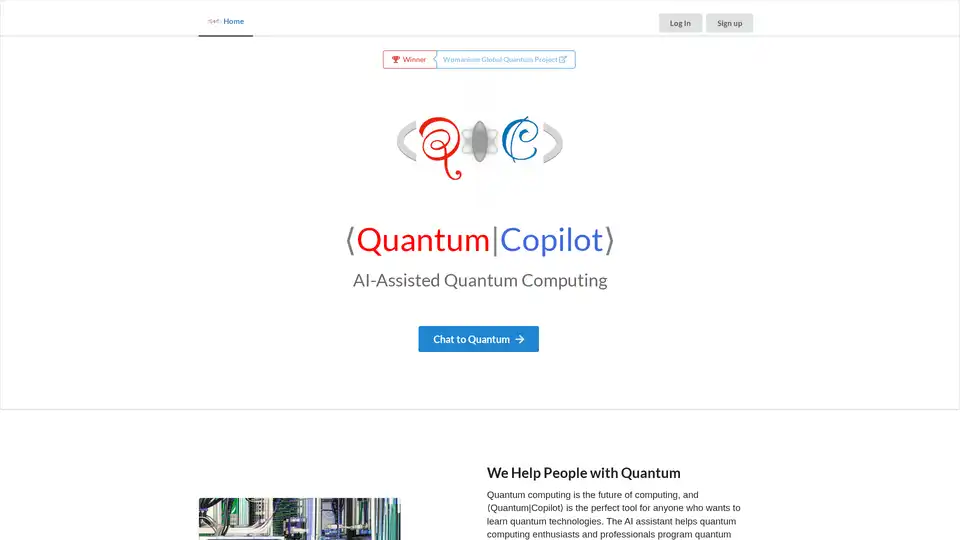
Quantum Copilot
Overview of Quantum Copilot
What is Quantum Copilot?
Quantum Copilot is an innovative AI-powered platform designed to democratize quantum computing. It serves as a conversational assistant that bridges the gap between complex quantum technologies and everyday users, whether you're a novice enthusiast or a seasoned researcher. By leveraging advanced large language models, Quantum Copilot allows you to interact with quantum computing concepts in plain English, generating code, simulating circuits, and even executing programs on real quantum hardware. This tool transforms the steep learning curve of quantum programming into an accessible, interactive experience.
At its core, Quantum Copilot isn't just a code generator—it's a comprehensive ecosystem that includes specialized modules like Quantum Adviser, Quantum Researcher, Quantum Formatter, Quantum Programmer, Quantum Simulator, and more. These components work together to provide end-to-end support for quantum development, from ideation to deployment. Powered by the latest AI advancements, it understands nuanced queries about quantum hardware, algorithms, error correction, and even interdisciplinary applications like quantum sensing or entrepreneurship.
How Does Quantum Copilot Work?
The platform operates through a universal conversational interface, making quantum computing feel as intuitive as chatting with a knowledgeable colleague. Here's a breakdown of its key mechanisms:
Natural Language Processing for Queries: You start by asking questions in everyday language. For instance, "Create a quantum circuit with 2 qubits, apply a Hadamard gate on qubit 0, then a CNOT gate, and measure all qubits." Quantum Copilot parses this using AI to interpret intent, drawing from vast knowledge bases including research papers, quantum company blogs, and technical documentation.
Code Generation and Translation: It generates quantum algorithms in various languages and libraries, such as OpenQASM, Qiskit, Cirq, Q#, Braket, Quil, and more. Need to convert code between formats? The Transpiler module handles translations seamlessly, supporting everything from JavaScript to TensorFlow Quantum.
Simulation and Execution: Beyond theory, Quantum Copilot simulates circuits on web-based tools for up to tens of qubits or scales to IBM Cloud for thousands. For real-world testing, it connects to quantum hardware providers like IBM, allowing you to run algorithms on actual qubits.
Multimedia Outputs: Responses aren't limited to text. Expect diagrams, SVG circuit images, MathJax-rendered equations, and even code snippets ready for Jupyter notebooks. The Formatter module ensures math and physics discussions are visually rich, using Markdown, LaTeX, and diagrams.
This workflow is enhanced by AI's ability to stay current with quantum advancements, pulling from real-time sources to keep your work cutting-edge.
Core Features of Quantum Copilot
Quantum Copilot stands out with its modular design, each feature tailored to specific quantum computing needs:
Quantum Adviser: Answers in-depth questions on hardware (e.g., qubit types), software stacks, algorithms like Shor's or Grover's, error correction techniques, quantum communication protocols, sensing applications, and business aspects like quantum startups.
Quantum Researcher: Dives into literature, summarizing papers, books, and industry news. It's ideal for staying abreast of breakthroughs in quantum materials, cryptography, or machine learning integrations.
Quantum Programmer: Automates code creation for complex tasks, supporting libraries like Qiskit for circuit building or pyQuil for Rigetti systems.
Quantum Simulator: Runs efficient web simulations or cloud-based ones, visualizing outcomes with tools like Quirk or Matplotlib (upcoming).
Quantum Hardware Interface: Executes on physical devices, handling transpilation to provider-specific formats.
Quantum Transpiler: Converts code across ecosystems, ensuring compatibility without manual rewriting.
Quantum Advocate: Highlights quantum's advantages over classical computing in fields like optimization (e.g., logistics routing), chemistry simulations, finance modeling, and cybersecurity protocols.
API Access and Integration: Programmers can embed it via APIs, using languages like Python or JavaScript. Tools like qcopilot-js bring it into terminals or notebooks for seamless workflows.
Creative Extensions: Beyond basics, run Jupyter notebooks, generate SVG circuits, or explore experimental features like quantum-inspired music (TchaiQovsky) or decentralized banking concepts.
These features ensure versatility, from educational explorations to professional R&D.
How to Use Quantum Copilot?
Getting started is straightforward:
Sign Up and Access: Visit the platform, create an account, and dive into the chat interface. No steep setup—it's web-based for instant use.
Pose Your Query: Type or voice (via upcoming integrations) questions like "Explain quantum entanglement with a simple example" or "Generate a Bell state circuit in Cirq."
Interact and Iterate: Review outputs, ask follow-ups, or request modifications. For code, copy-paste into your IDE or run simulations directly.
Advanced Usage: Use the API for automation—e.g.,
curlcommands or Jupyter extensions—to integrate into larger projects. For hardware runs, select providers and monitor job queues.Explore Modules: Switch to specialized chats like Quantum Simulator for testing or Quantum Researcher for literature reviews.
The platform supports plain text inputs, evolving into full conversations that build on prior context, making iterative development efficient.
Who is Quantum Copilot For?
This tool caters to a broad audience:
Beginners and Students: If you're new to quantum, like software engineer John Smith who learned basics quickly, it provides gentle onboarding with explanations and simple examples.
Researchers and Academics: Professors like Jane Doe use it to track field developments, summarize papers, and prototype algorithms without syntax hurdles.
Developers and Engineers: Quantum programmers benefit from code generation and transpilation, accelerating prototyping in industries like finance or materials science.
Entrepreneurs and Innovators: Explore applications in optimization, ML hybrids, or quantum-safe security, with advocacy insights on commercial viability.
Whether in academia, tech firms, or startups, it's for anyone aiming to harness quantum's potential without being a PhD in physics.
Why Choose Quantum Copilot?
In a field dominated by esoteric tools, Quantum Copilot excels by making quantum accessible. User testimonials highlight its ease: beginners grasp concepts fast, experts save time on updates and conversions. Unlike standalone simulators (e.g., IBM Qiskit alone), it combines AI conversation with practical execution, reducing errors and boosting productivity.
Key advantages include:
Accuracy and Depth: Backed by LLMs trained on quantum-specific data, minimizing hallucinations common in general AI.
Efficiency Gains: Generate, simulate, and run in one interface—cut development time by hours.
Community and Updates: Active on LinkedIn, YouTube, and Product Hunt, with open-source elements like survival tools for quantum cohorts.
Ethical and Inclusive: Promotes quantum for societal good, from everyday computing to advanced industries, with a focus on education (e.g., Womanium Global Quantum Project).
For SEO-conscious users, it aligns with searches like "best quantum programming tool" or "AI for quantum simulation," offering practical guides that rank well for informational queries.
Practical Value and Use Cases
Quantum Copilot's real-world impact shines in diverse scenarios:
Education: Teach quantum basics via interactive chats, generating circuits for classroom demos.
Research Acceleration: Quickly prototype error-corrected algorithms or benchmark simulators against hardware.
Industry Applications: Optimize supply chains with quantum annealing simulations or model molecular interactions for drug discovery.
Innovation Hubs: Integrate into Jupyter for collaborative projects, fostering quantum-ML hybrids.
Users report faster learning curves and innovative outputs, like custom circuits for cybersecurity. Its API enables scalable integrations, such as quantum-enhanced trading funds or creative tools like quantum music generation.
In summary, Quantum Copilot isn't just a tool—it's a gateway to the quantum future, empowering users to program, simulate, and innovate with AI at their side. Start chatting today to unlock quantum's power.
Best Alternative Tools to "Quantum Copilot"
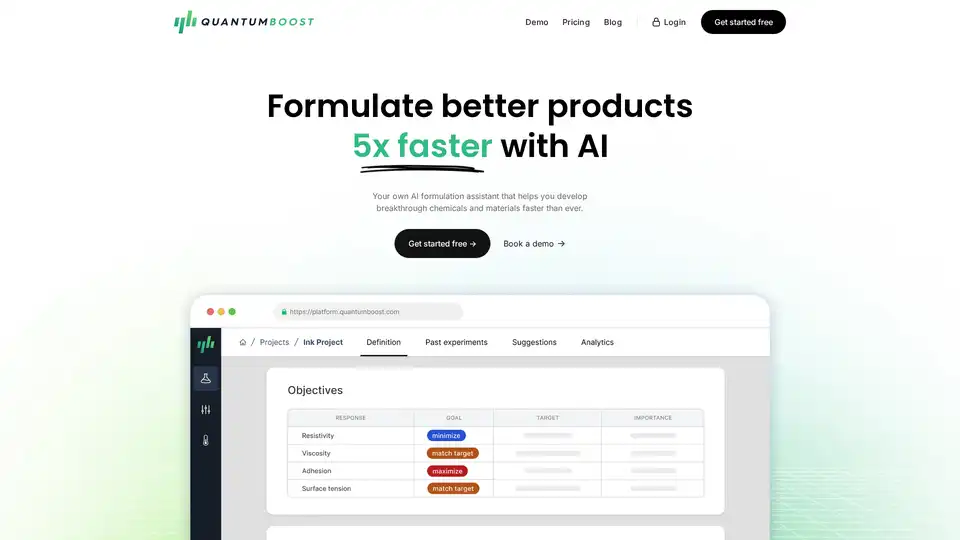
Quantum Boost is an AI-powered formulation assistant that accelerates the development of chemicals and materials. It helps researchers and developers formulate better products 5x faster with AI-driven insights and experimental design.
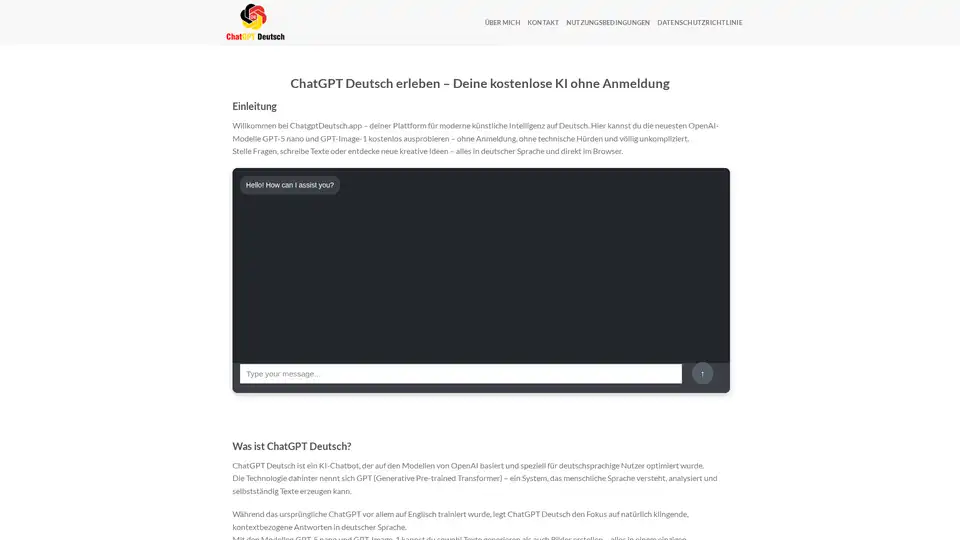
ChatGPT Deutsch offers free access to OpenAI's GPT-5 nano and GPT-Image-1 models in German, without registration. It provides an easy and user-friendly interface for generating text and images.
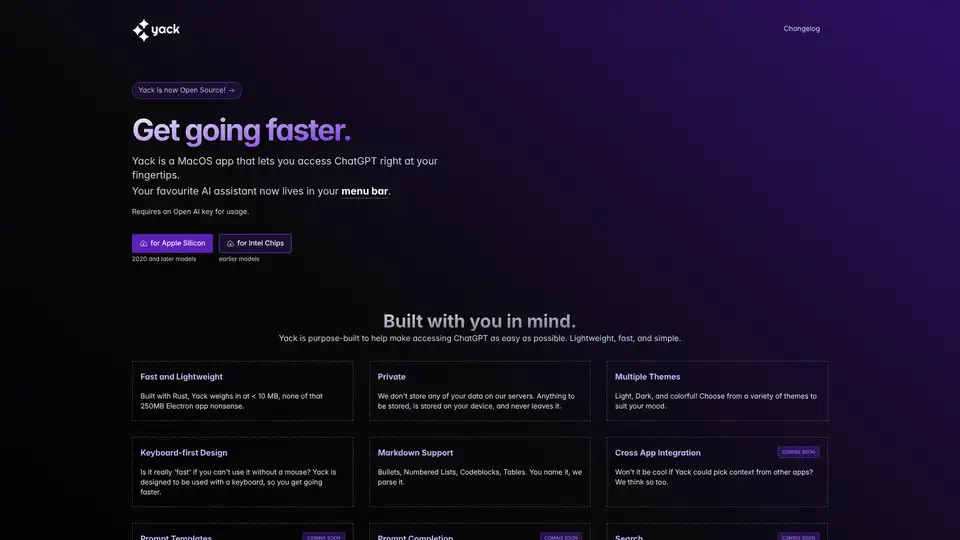
Yack is a fast, lightweight MacOS app that integrates ChatGPT into your menu bar for instant AI access. Private, keyboard-friendly, and built with Rust for efficiency.
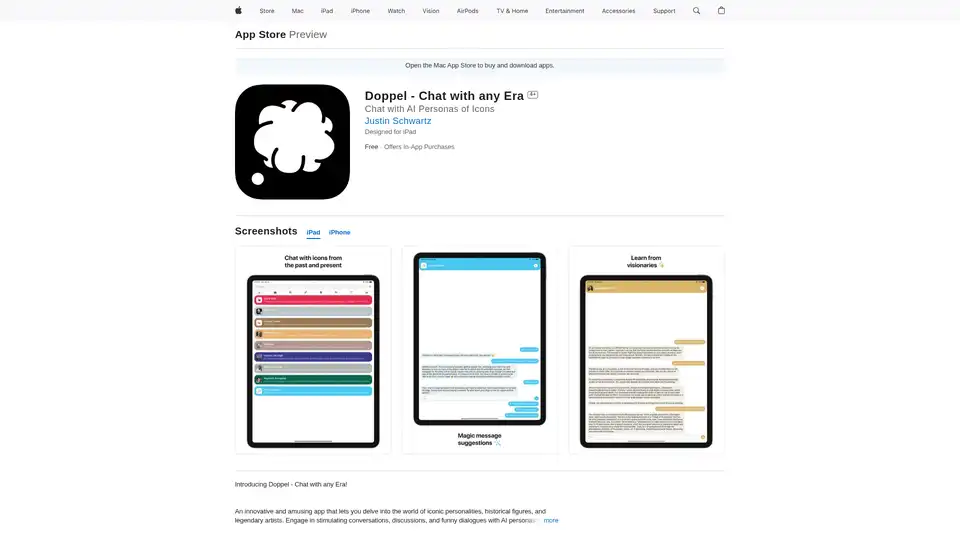
Doppel is an innovative iOS app for chatting with AI personas of historical figures and celebrities like Einstein, Jobs, and Swift. Engage in educational discussions, fun dialogues, and personalized learning experiences.
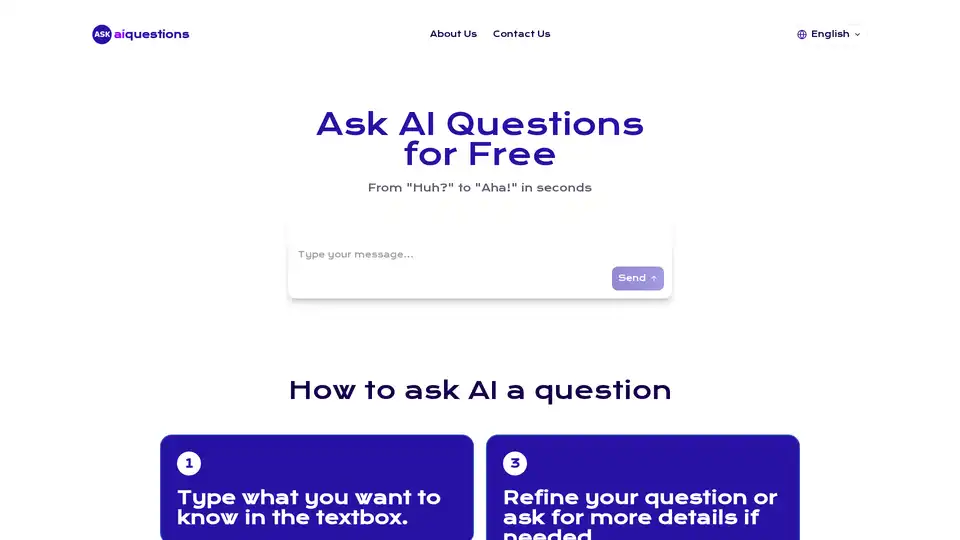
With AI that answers questions for free, you can get accurate and instant answers on any topic. Our simple AI chat offers seamless interaction and clear responses every time.
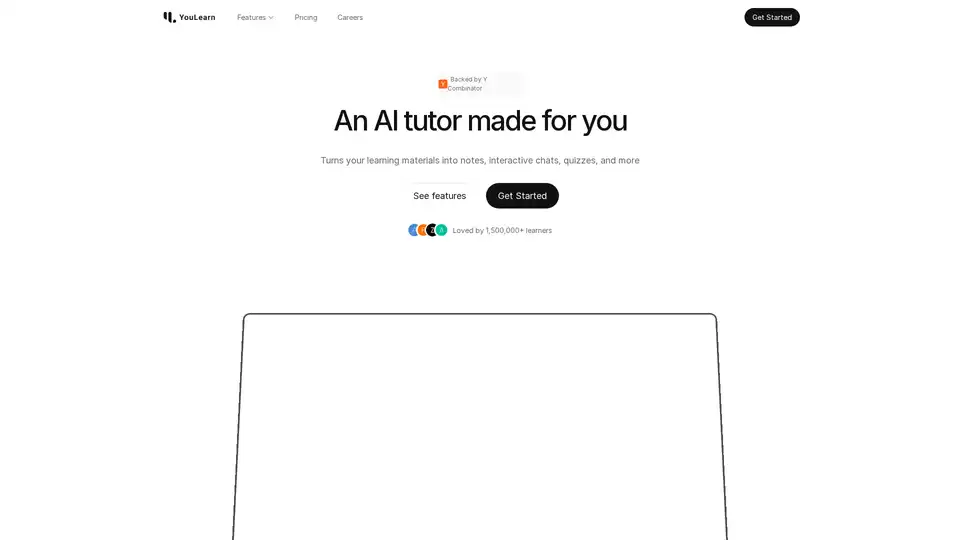
YouLearn AI is your personalized AI tutor that transforms PDFs, YouTube videos, and lectures into notes, chats, quizzes, and more. Save time and learn smarter with interactive tools backed by Y Combinator.

Aijibite AI Town is a platform to discover and explore various AI GPTs. Find the best GPTs for your needs in life, work, study, entertainment, and more.
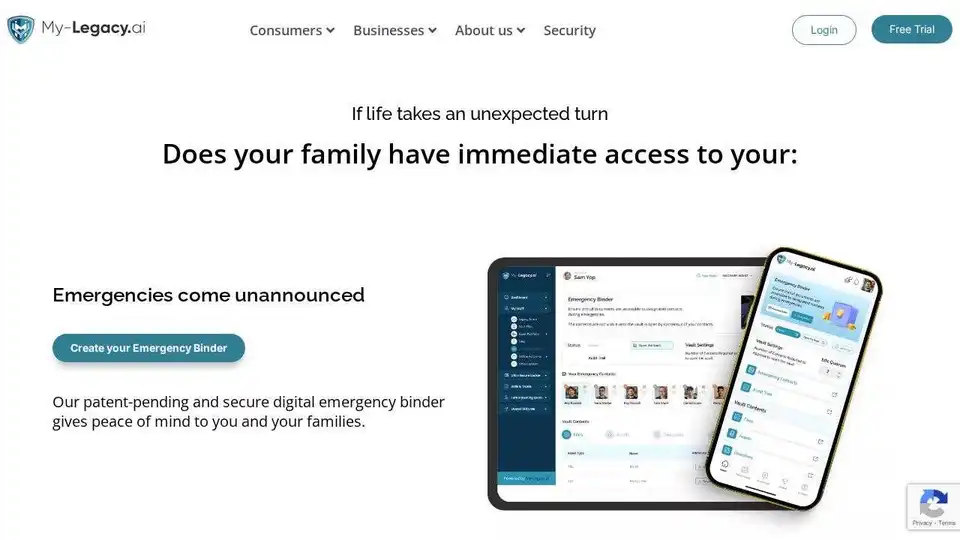
My-Legacy.ai is an AI-powered platform for secure digital legacy and inheritance planning. Organize, protect, and pass on your essential information with military-grade encryption and AI intelligence.

NaVeOl provides quantum-resistant encryption and secure data storage solutions for growing businesses. Designed and operated in Europe, NaVeOl ensures next-gen security against emerging cyber threats.
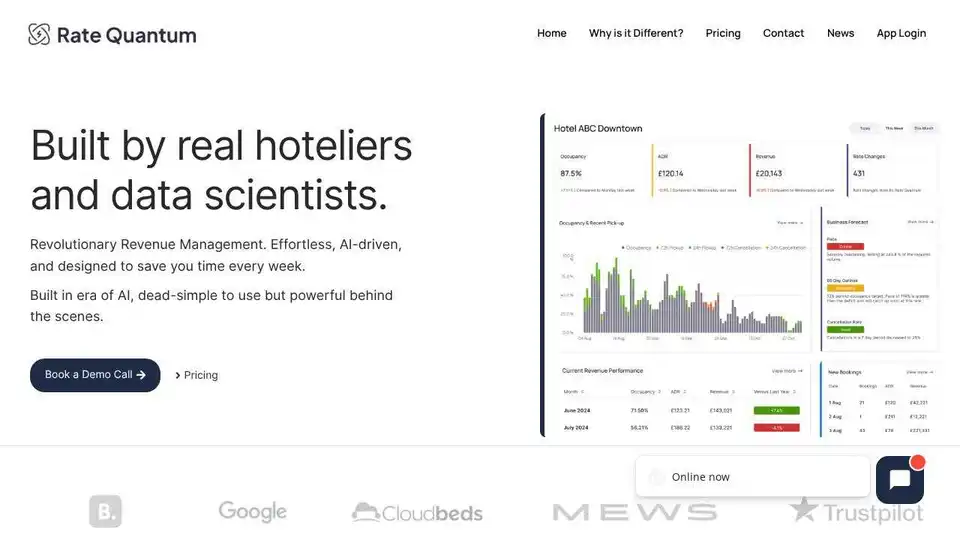
Rate Quantum is an AI-powered revenue management solution for hotels, offering advanced analytics and algorithmic auto-pricing to boost revenue with a hands-off approach. Get a free trial today!

TailoredRead uses AI to craft personalized nonfiction books tailored to your goals, interests, and skill level. Learn faster with custom books on any subject.

AutoPostsAI: Create viral videos with advanced AI and a Liquid Glass interface. Features include neural voice synthesis, quantum rendering, and context AI for human-like understanding.

Quantum AI: AI-powered trading platform. Automate trades, access expert strategies, and trade securely. Rated 4.8 stars by users.

Loomina: AI-powered personalized mentors. Master any skill with adaptive learning, from coding to quantum physics. Transform web pages and videos into lessons.
